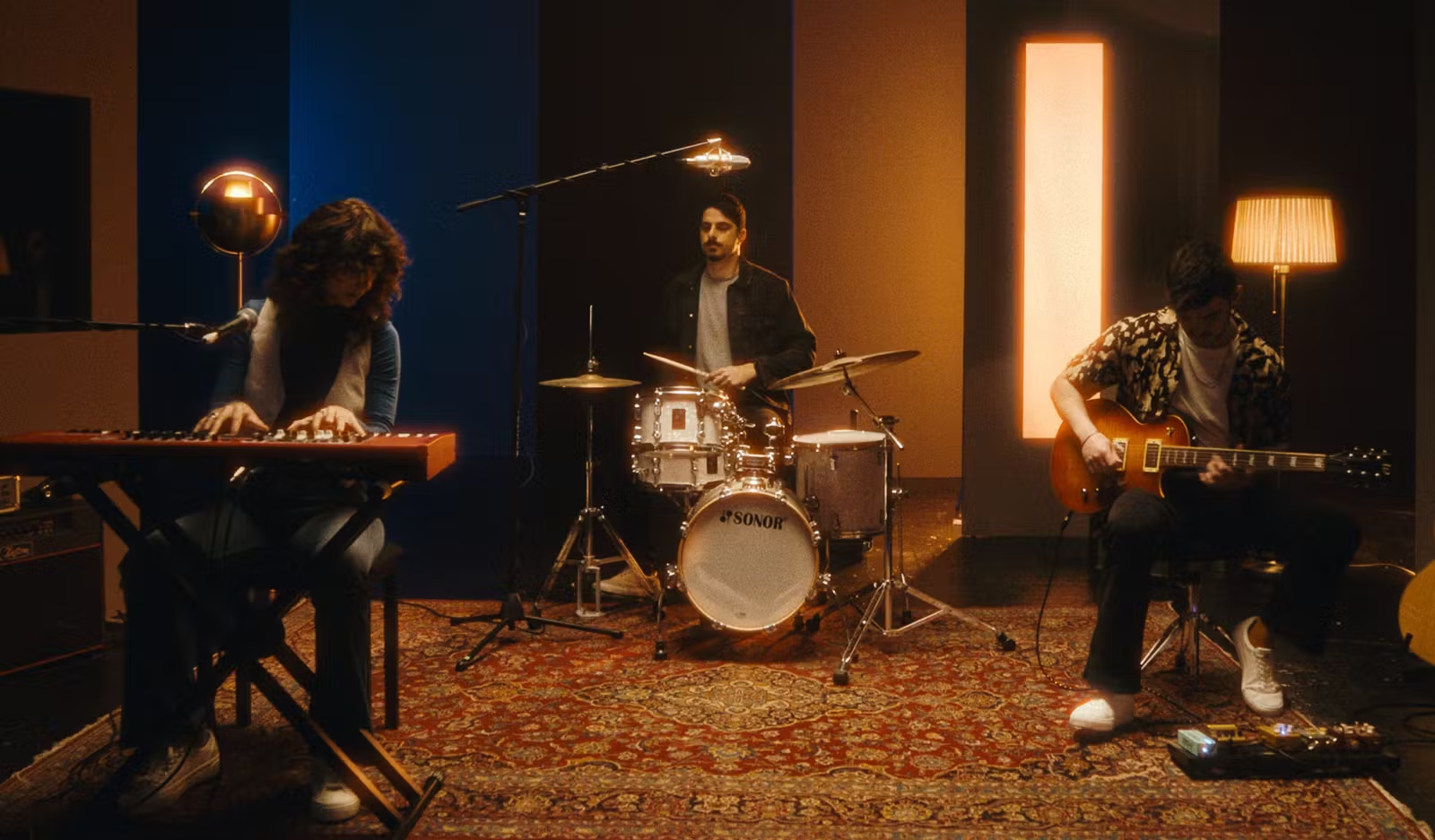

Featured in: Dehancer Pro
Halation is the film emulsion effect visible as the local red-orange halos around the bright light sources, specular highlights and contrasting edges. Also, halation may produce a well pronounced red glare in the midtones, mostly affecting the skin tones.
1. Halation Profiles
There is 8 basic profiles with average values for the main film formats that solve most creative tasks and provide a convenient basis for creative adjustments.
Each Halation simulation profile has two versions – a standard emulsion and a film of the same format, but with the anti-halation layer removed (No Remjet). On films without remjet, Halation is usually excessively pronounced.
In order to change the parameters of any profile, you must first select the most suitable one and then switch to Custom mode. All the usual effect settings will be available to you, and the parameter values will match the last selected profile.
2. Custom settings
The Custom settings allow you to configure Halation as you like:
Source Limiter
This setting defines the minimum light source brightness that is able to produce halation. The default value = 0 means that even the weakest source is able to produce halation. By increasing this value, you can cut the effect produced by low intensity lights.
Background Gain
This parameter sets the range of the background tones on which halation becomes visible. Default value allows halation to appear on most backgrounds. Decreasing this value eliminates the effect over the lighter ones.
Smoothness
This integral parameter controls the distribution of the halation effect between the large and small sources, visually smoothing smaller halation details. Increasing the Smoothness value reduces the effect around the point sources in favour of the larger areas. Setting the Smoothness to zero leads to the most detailed halos.
Local Diffusion
This parameter defines how far the light spreads in an ‘emulsion’. The higher the Local Diffusion value, the larger the geometric size (radius) of the halos.
Global Diffusion
Global Diffusion controls the degree of the secondary glare produced by scattered light. This is a more global effect that affects mostly low-contrast midtones and also enhances the primary halation.
Amplify
It is important not to confuse this setting with the Impact as the Amplify affects the sensitivity of an ‘emulsion’ to the scattered light, not the opacity of the effect. Increasing the Amplify value makes the effect more pronounced and shifts the halation toward yellow hues.
Hue
This parameter modifies the sensitivity of the green layer of an ‘emulsion’ to the scattered light. Use this setting to better match halation hues to a scene in the wide range from cool reds to warm yellows.
Blue Comp.
Cool backgrounds usually dampen the halation. Blue Compensation allows to counterbalance this effect.
Impact
This parameter can be conventionally referred to as ‘opacity’, since it controls not the physical parameters of the emulation, but the overall transparency of the superimposed effect.
Mask Mode
This checkbox enables a special preview mode which allows you to better control the settings with the effect preview isolated from the source image.
Halation + Defringe
In some cases chromatic aberrations interfere with the Halation effect. Defringe tool helps to deal with this issue.
Halation + Bloom
Usually these effects coexist on film and mutually influence each other. Therefore, it is generally best to use Halation and Bloom in tandem to get a more accurate simulation.
3. Halation Tips
Basic Adjustment
Halation effect is most pronounced when Source Limiter is at its lowest and Background Gain at its highest settings, with Amplify set to maximum. It can be a good starting point – just gradually reduce the effect until getting optimal results.
Enhance Portraiture
Increasing the Global Diffusion can be an instant solution to naturally enhance any portraiture, filling the skin tones with a touch of vivid warm glare.
Mask Mode visibility
Mask visibility depends on the exposition and contrast of the image. If Halation appears too dim or invisible in Mask Mode, try to temporarily increase the Amplify and Impact values.
Simple way
There is a simple way to fine tune these effects: Dial Amplify to max, adjust limiting and details, then lower Amplify to the reasonable value and the Impact slider to the desirable amount.
Related Article: Halation and its simulation in Dehancer
